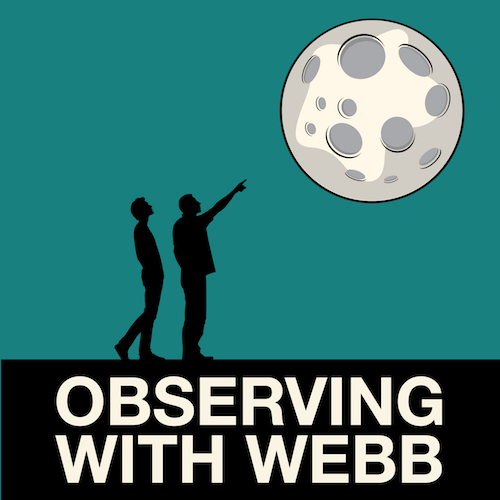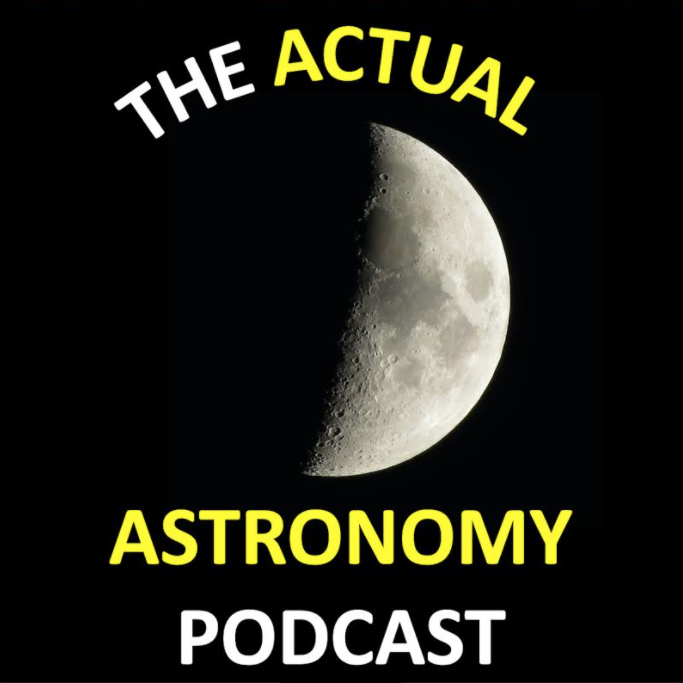School is starting, the nights are getting longer, and two gas giants are dominating the night skies while two terrestrial planets make morning appearances.


School is starting, the nights are getting longer, and two gas giants are dominating the night skies while two terrestrial planets make morning appearances.

The Actual Astronomy Podcast presents Objects to Observe in the September Sky places a focus on sky events to help newcomers identify the planets and detailed observations of the changing surface of Mars and the Cloud tops of Venus, Saturn and Jupiter.

This week, we’re on to the next planet in the solar system. The blue gas planet. Today we’ll cover its faint rings, sideways axis of rotation and its rocky core.

Today we talk about our own home world: Earth. You might think you know the planet beneath your feet, but it’s actually one of the most interesting and dynamic places in the Solar System.

Last week we talked about Mercury, so this week our planetary parade proceeds to Venus. It’s the brightest object in the sky, the hottest object in the solar system, and it’s probably one of the most deadly places to go and visit.

Today we start our survey of the solar system with Mercury. What mysteries is it hiding from us? How similar is Mercury to the other rocky planets? How much do we really know about this first rock from the Sun?

The biggest black hole ever seen?
What’s the difference between planets and stars? Are particles inside of spacetime? Why can’t we communicate faster than light? @PaulMattSutter will discuss this topic at #365DaysOfAstro

Why is the TRAPPIST-1 system so fascinating? Is it really habitable? How are we figuring all this out? I discuss these questions and more in today’s Ask a Spaceman!

How mudstone formed in the Martian highlands? New images of dusty discs around stars and Hubble sees another planet-forming disc flap its bat-wings. All on today’s #dailyspace at #365DaysOfAstro

We’re all looking to the next generation of exoplanetary research where we get planets directly. But astronomers are already making great strides in directly observing newly forming planets help us understand how our solar system might have formed